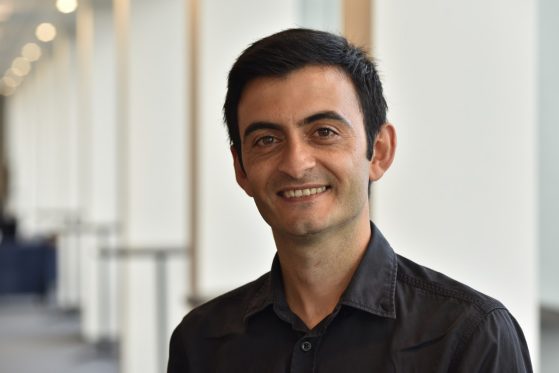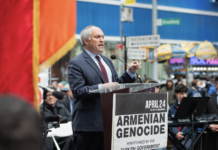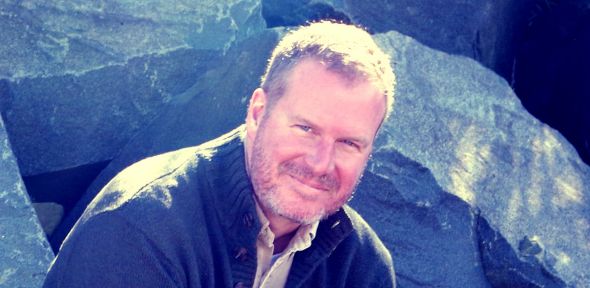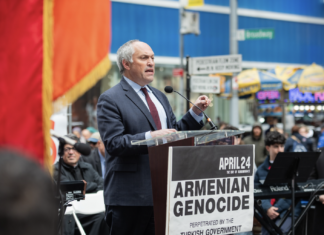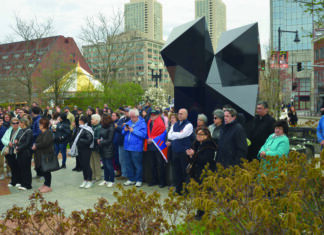By Sevan Boghos-Deirbadrossian
LOS ANGELES — In May and June, during challenging and unprecedented times of the COVID-19 pandemic and after cancelling many events this past Spring, the Tekeyan Cultural Association (TCA) Metro Los Angeles Chapter stepped up and took the decision to remain productive and influential in enriching Armenian society with its cultural events.
On May 27, the group organized a Zoom webinar titled “Confiscation and Destruction: The Young Turks’ Seizure of Armenian Property,” delivered by Dr. Mehmet Polatel.
The presentation was co-sponsored by several Armenian organizations, which showed interest in unfolding the layers and processes of not only the annihilation of a nation, but also the erasure of its roots, lands and properties. Co-sponsors included the AGBU Western District, Armenian Assembly of America, Armenian Council of America, Armenian Rights Council of America, Armenian Society of Los Angeles, Nor Serount Armenian Cultural Association, and the Organization of Istanbul Armenians, all of which teamed up to help promote the presentation via their respective social media platforms and event calendars.
Mihran Toumajan, Western Region director of the Armenian Assembly of America, and also an active member and ex-officio advisor of the TCA Metro Los Angeles Chapter, co-moderated the presentation with Sevan Boghos-Deirbadrossian.
More than 150 spanning six continents and over 18 countries took part in the Zoom webinar. Many attendees of TCA’s first Zoom webinar expressed enthusiasm and keen interest in a serious matter involving the confiscation and destruction of properties owned by Armenians prior to the 1915 Genocide. The presentation was also displayed in real time via the Facebook Live platform.



